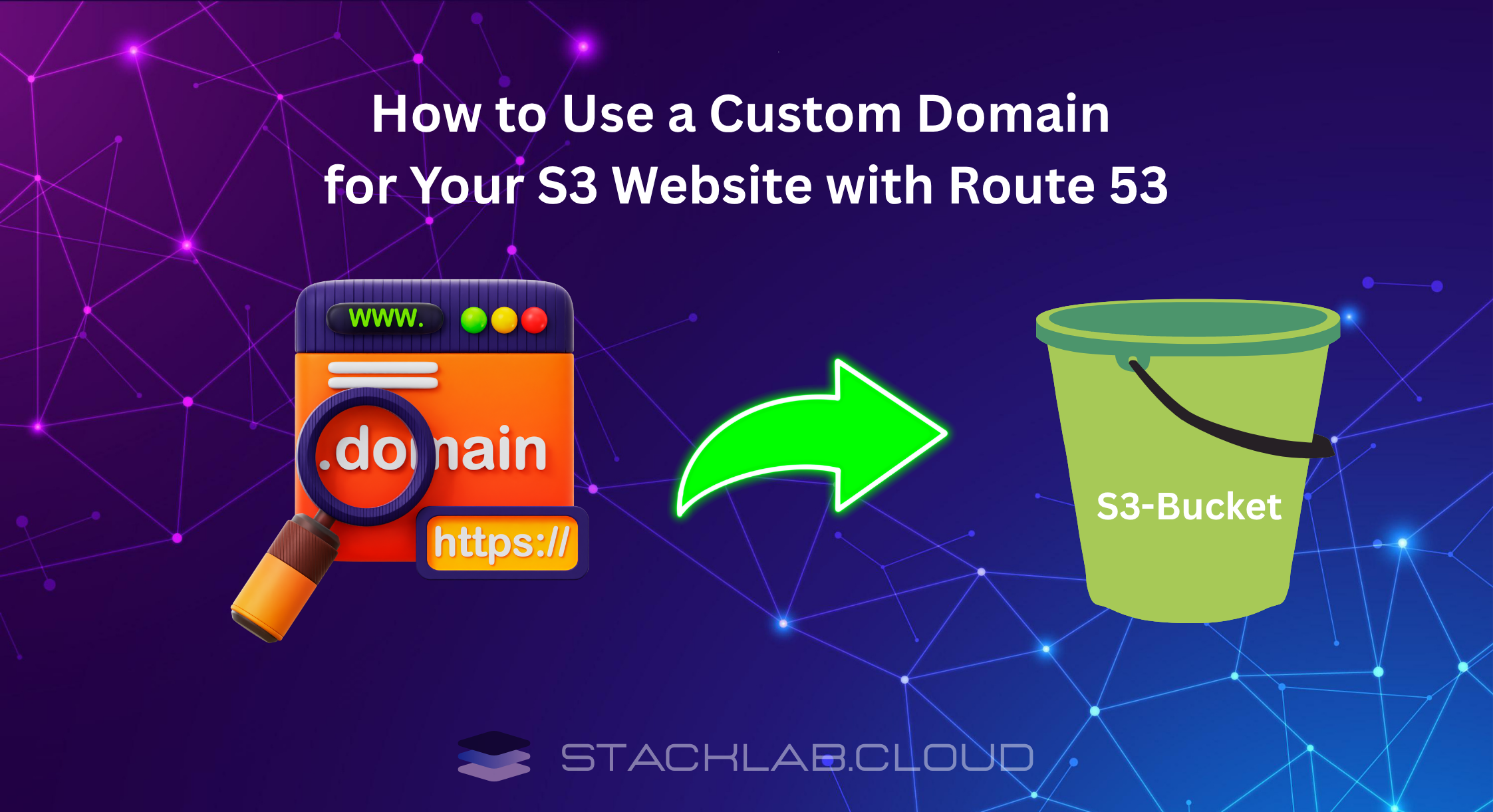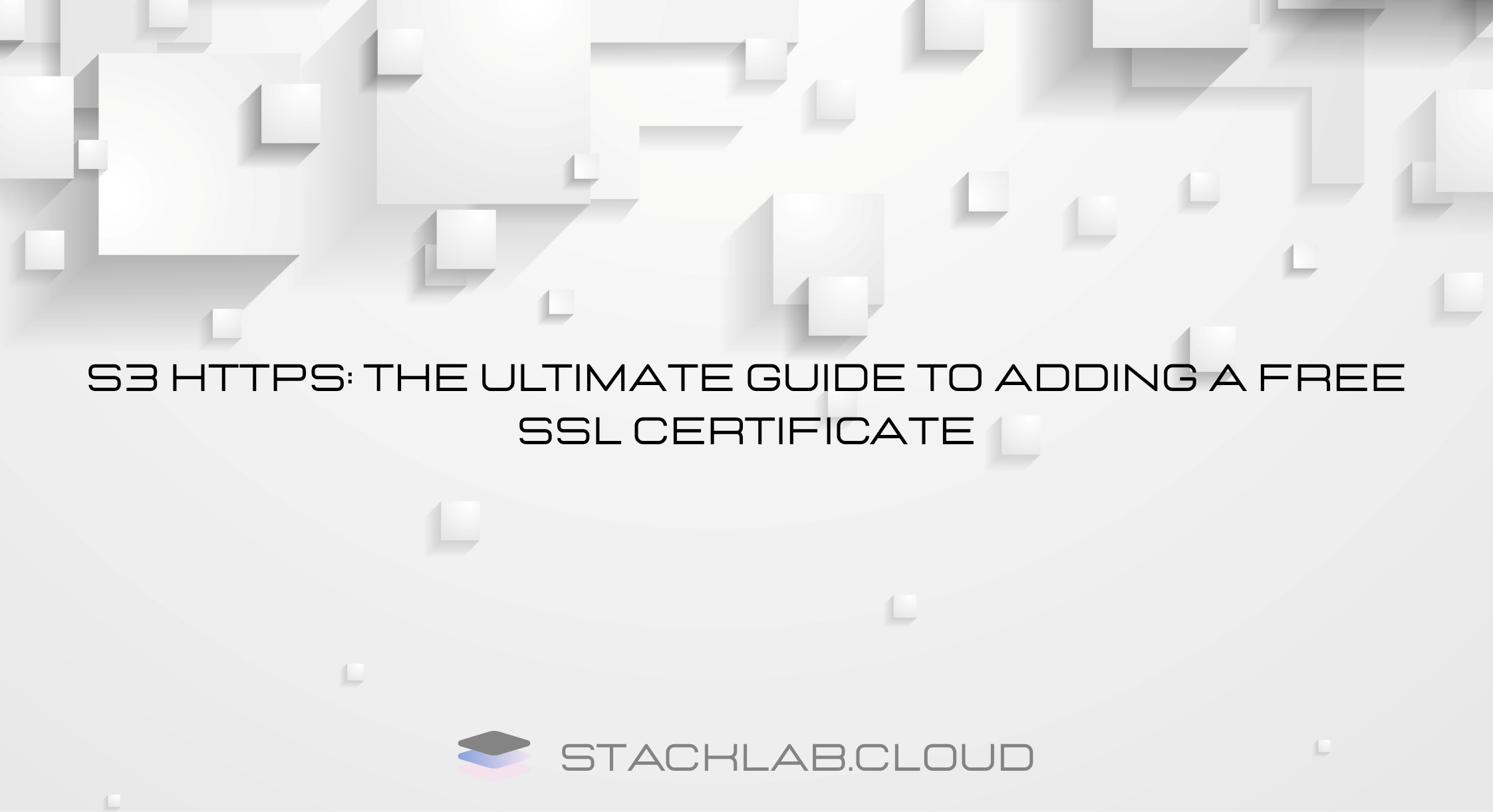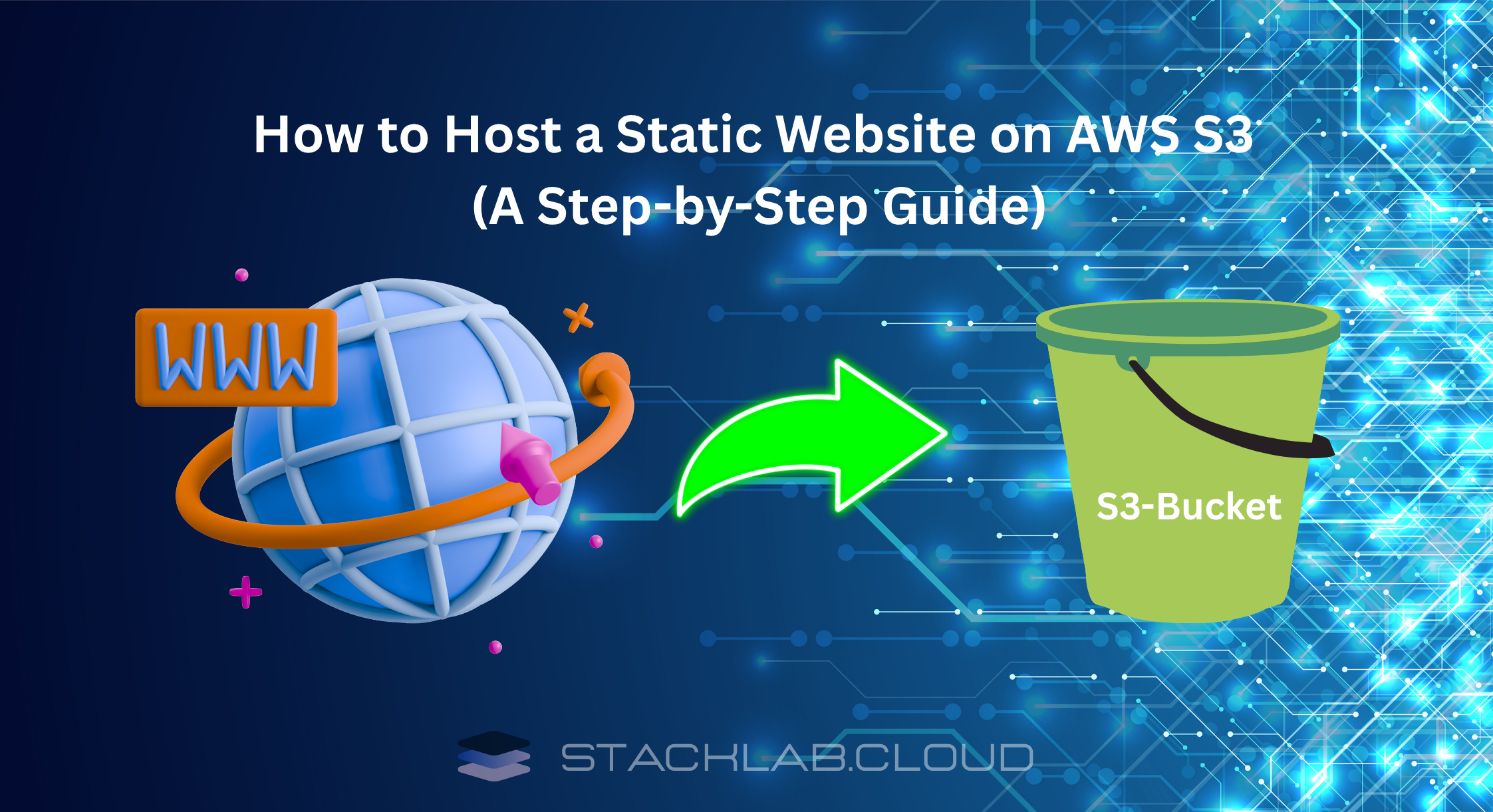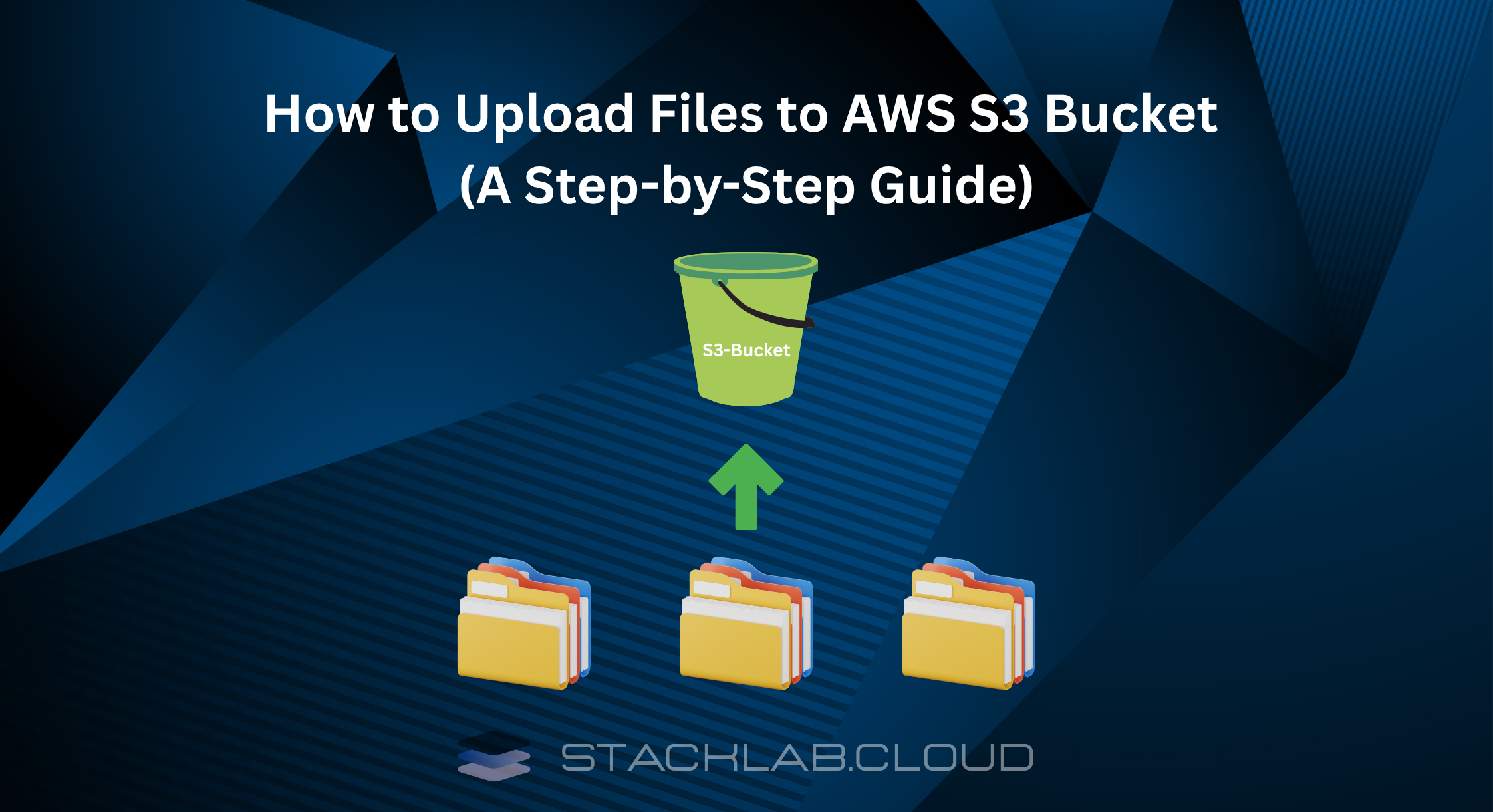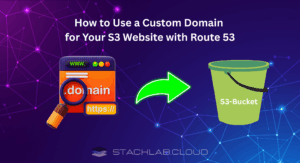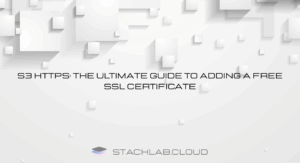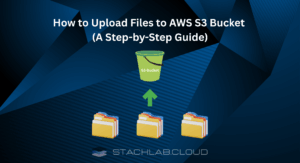 When you first create an AWS account, you log in with your email address and password. This is your root user, and it has complete, unrestricted access to every single part of your account. Using the root user for everyday tasks is like using the master key for a...
When you first create an AWS account, you log in with your email address and password. This is your root user, and it has complete, unrestricted access to every single part of your account. Using the root user for everyday tasks is like using the master key for a...
 Setting up an S3 custom domain is the most important step in turning your project into a professional website. You’ve successfully launched a static website on Amazon S3, but the default URL looks something...
Setting up an S3 custom domain is the most important step in turning your project into a professional website. You’ve successfully launched a static website on Amazon S3, but the default URL looks something...
 Enabling S3 HTTPS is a critical step to secure your static website and gain the trust of your visitors. You’ve successfully hosted a site on S3 and connected it to a custom domain, but without the padlock icon, browsers will flag your site as “Not Secure.”...
Enabling S3 HTTPS is a critical step to secure your static website and gain the trust of your visitors. You’ve successfully hosted a site on S3 and connected it to a custom domain, but without the padlock icon, browsers will flag your site as “Not Secure.”...
 So far, you’ve learned how to create an S3 bucket and upload files to it. But did you know you can use Amazon S3 to host an entire website? For simple sites that don’t require a backend server—known as “static websites”—S3 provides an incredibly...
So far, you’ve learned how to create an S3 bucket and upload files to it. But did you know you can use Amazon S3 to host an entire website? For simple sites that don’t require a backend server—known as “static websites”—S3 provides an incredibly...
 You’ve successfully created your first S3 bucket, which acts as your personal storage container in the AWS cloud. Now, it’s time to take the next logical step: upload files to AWS S3 bucket. Whether you want to store website assets, important backups, or...
You’ve successfully created your first S3 bucket, which acts as your personal storage container in the AWS cloud. Now, it’s time to take the next logical step: upload files to AWS S3 bucket. Whether you want to store website assets, important backups, or... 

